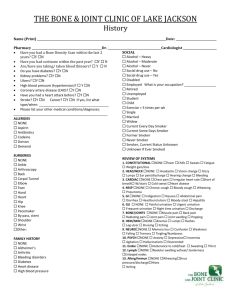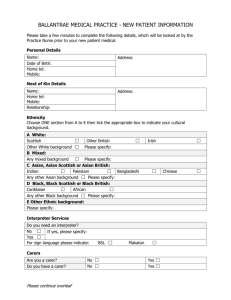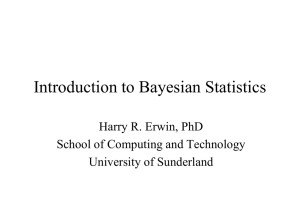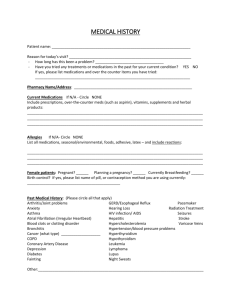Externalities & The Coase Theorem Coase Theorem: When property
advertisement
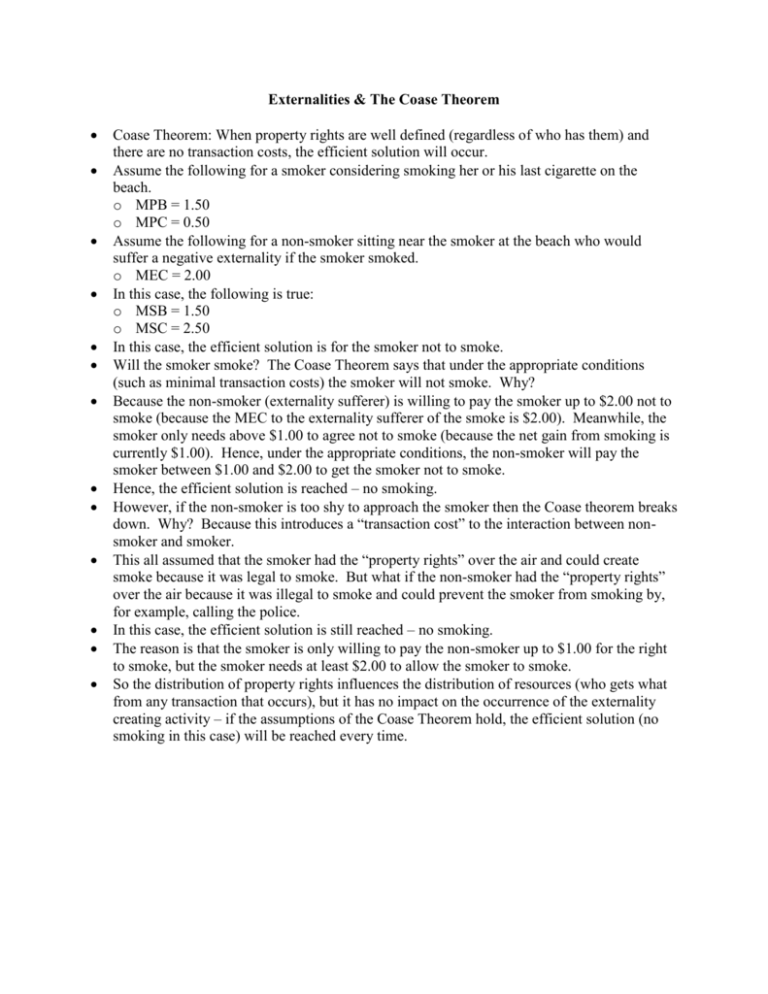
Externalities & The Coase Theorem Coase Theorem: When property rights are well defined (regardless of who has them) and there are no transaction costs, the efficient solution will occur. Assume the following for a smoker considering smoking her or his last cigarette on the beach. o MPB = 1.50 o MPC = 0.50 Assume the following for a non-smoker sitting near the smoker at the beach who would suffer a negative externality if the smoker smoked. o MEC = 2.00 In this case, the following is true: o MSB = 1.50 o MSC = 2.50 In this case, the efficient solution is for the smoker not to smoke. Will the smoker smoke? The Coase Theorem says that under the appropriate conditions (such as minimal transaction costs) the smoker will not smoke. Why? Because the non-smoker (externality sufferer) is willing to pay the smoker up to $2.00 not to smoke (because the MEC to the externality sufferer of the smoke is $2.00). Meanwhile, the smoker only needs above $1.00 to agree not to smoke (because the net gain from smoking is currently $1.00). Hence, under the appropriate conditions, the non-smoker will pay the smoker between $1.00 and $2.00 to get the smoker not to smoke. Hence, the efficient solution is reached – no smoking. However, if the non-smoker is too shy to approach the smoker then the Coase theorem breaks down. Why? Because this introduces a “transaction cost” to the interaction between nonsmoker and smoker. This all assumed that the smoker had the “property rights” over the air and could create smoke because it was legal to smoke. But what if the non-smoker had the “property rights” over the air because it was illegal to smoke and could prevent the smoker from smoking by, for example, calling the police. In this case, the efficient solution is still reached – no smoking. The reason is that the smoker is only willing to pay the non-smoker up to $1.00 for the right to smoke, but the smoker needs at least $2.00 to allow the smoker to smoke. So the distribution of property rights influences the distribution of resources (who gets what from any transaction that occurs), but it has no impact on the occurrence of the externality creating activity – if the assumptions of the Coase Theorem hold, the efficient solution (no smoking in this case) will be reached every time.
